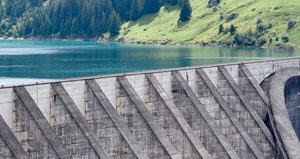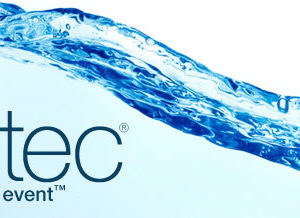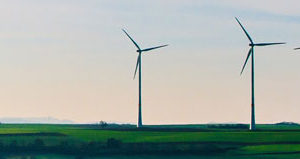
From the talk and the presentations at StormCon this year it is clear that the dominant recent trends in stormwater are not going away. That said, many of the barriers that have prevented these trends from taking off remain.
Advanced pollutant removal
While the focus remains on removing sediment and any sediment-bound pollutants, there is on-going concern about removing non-sediment bound pollutants. Those receiving the most attention right now are phosphorous, heavy metals and bacteria. The primary barrier, that there are no inexpensive removal technologies, remains. The problem is made worse by the fact that partitioning of these contaminants is dependent on water quality so conducting realistic lab studies is a challenge. Field studies are an option but they are a relatively slow and expensive way to conduct research.
Funding
There has been a significant amount of funding made available for infrastructure in recent years but it still falls well short of the amount of money that is needed so competition for dollars is fierce. Stormwater does not tend to get the same attention as drinking water and wastewater so funding remains a challenge. In some cases money for capital is available but they human resources are not available. This may create opportunities for private contractors to do work on behalf of municipalities.
Green Infrastructure
Green infrastructure, also called low impact development (LID) is one trend that is definitely growing. It has some real and perceived advantages that have helped it maintain momentum. Real advantages included better aesthetics than MTDs and the fact they are often designed to treat quantity as well as quality. The perceived advantage is that “green” is better than “gray”. The hurdle faced by green infrastructure is a lack of quality performance data that hinders attempts at optimizing design or predicting the outcome of an installation. As with studying advanced pollutant removal there are so many options with GI that it is difficult to know where to start a lab study while field studies are slow and expensive.
Treatment trains
Combining of green and gray infrastructure to provide an entire solution to a specific problem is another topic that keeps coming up. There are multiple hurdles to progress in this case. First, there is the issue of performance data for green infrastructure. Second, there is the issue of the perception that if a solution is not all green then it is not green at all. Finally, there is the fact that solution providers for green infrastructure rarely work with manufactured devices and vice versa so there is a lack of experience to go on.





